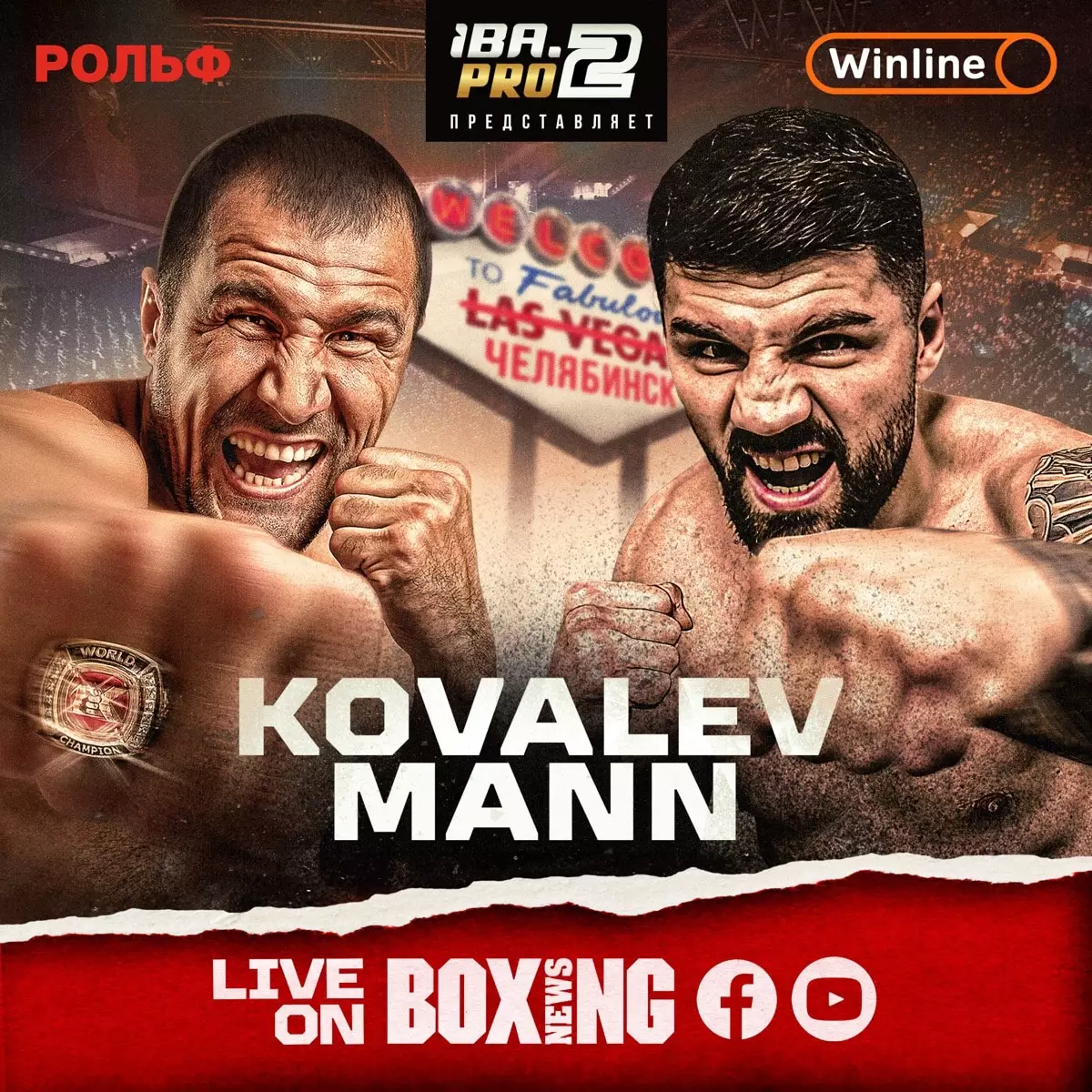On a momentous night in Chelyabinsk, Russia, Sergey “Krusher” Kovalev made an indelible mark in boxing history. His seventh-round TKO victory against Artur Mann solidified his reputation as a fierce competitor, even at age 42. The bout was not merely a testament to Kovalev’s power, which saw him dispatch Mann with brutal efficiency, but also an illustration of his unwavering technical acumen. Displaying a combination of agility and strategic prowess, Kovalev overwhelmed Mann with a relentless offensive onslaught, reminding spectators why he had long been a stalwart in the light heavyweight division.
From the outset, Kovalev, with a record boasting 30 KOs, asserted his dominance, launching a series of jabs that set the tempo of the fight. The second-round left hook that sent Mann sprawling to the canvas was a highlight reel moment that echoed the ferocity of Kovalev’s earlier career. Mann, a 34-year-old boxer with commendable skills but lacking the punch output necessary to challenge Kovalev, found himself under siege. The glimpses of resilience from Mann were overridden by the overwhelming force of Kovalev’s punches, illustrating the gap between a seasoned champion and an emerging contender.
The Dilemma of the Aging Champion
However, Kovalev’s victory prompts a poignant reflection on the underlying challenges accompanying the twilight of a storied career. Despite delivering such a dazzling performance, questions surrounding his longevity in the sport loom larger than ever. Boxing, a relentless and punishing arena, often does not favor the aging athlete. Kovalev’s technical skills may still be intact, but the concern over his age and physical resilience remains paramount.
As Kovalev considers his future, the prospect of competing against younger, hungrier foes in the cruiserweight division becomes a daunting scenario. Financial incentives could tempt him back into the ring, but the inherent risks also increase. The environment of boxing thrives on evolution, and Kovalev might soon find himself confronted by fighters who are less seasoned but possess a youthful vigor that could undermine his status in the ring.
The Significance of a Homecoming Victory
The Yunost Arena provided a fitting backdrop for Kovalev’s potential farewell, as fans rallied in support for their local hero. The atmosphere was electric, a stark reminder of the glory days of Kovalev’s career when he was a dominant force in the light heavyweight ranks. Such moments are critical, as they not only celebrate past achievements but also inspire a deep emotional connection between the fighter and his supporters.
This victory implies that Kovalev might not be ready to hang up his gloves just yet. If he seeks to continue, it presents a juxtaposition of sentiment—the desire for one last dance in the spotlight weighed against the reality of an exhausting sport. As he basked in both victory and the tumultuous applause of his fans, Kovalev stepped back into the limelight not just as a champion but as an embodiment of resilience, skill, and the complex path athletes traverse late in their careers. His journey continues, and as the clock ticks, the boxing world will be watching closely to see what comes next for this legendary “Krusher.”


Leave a Reply